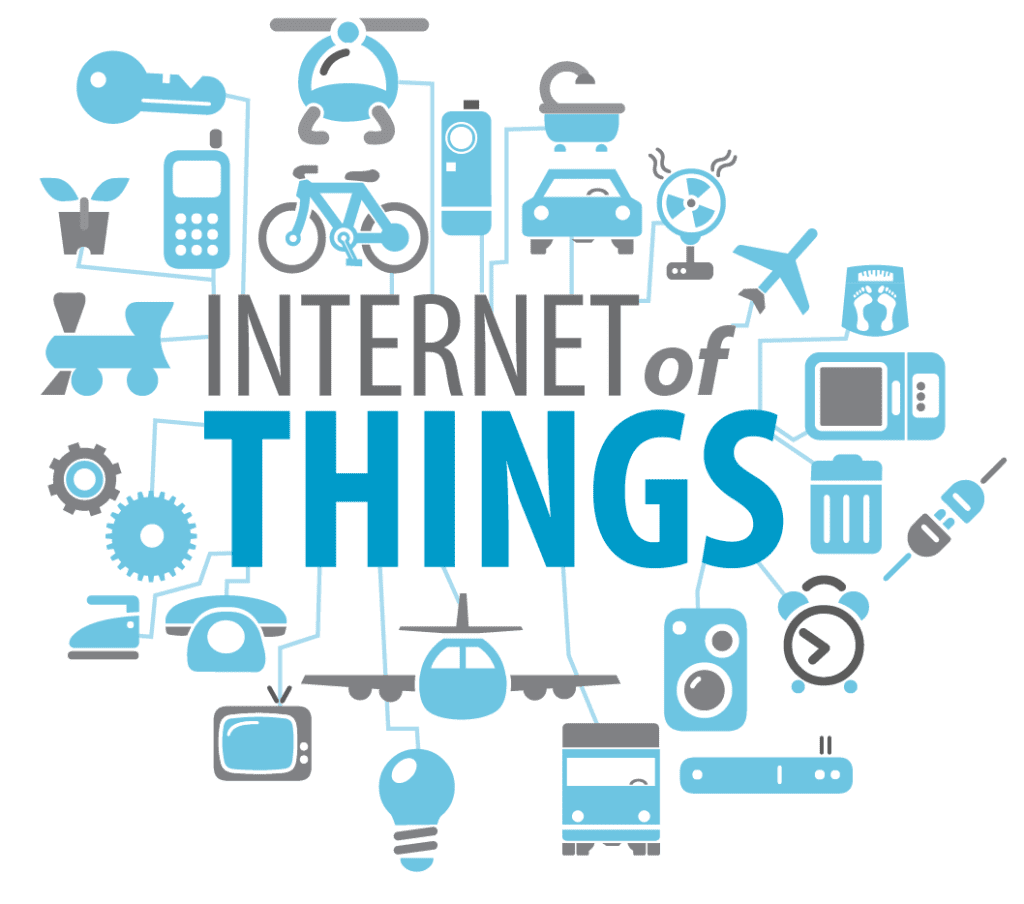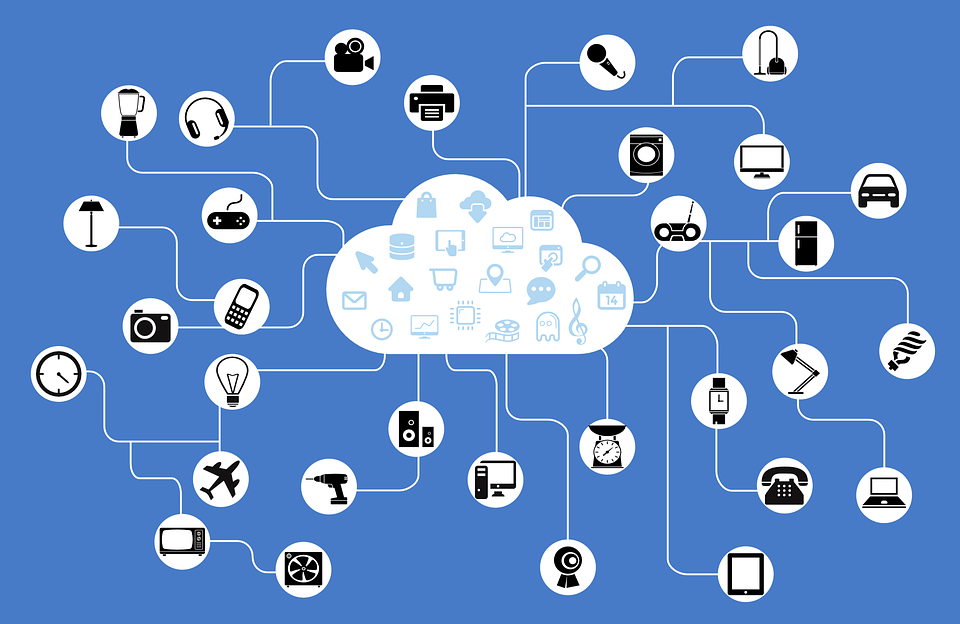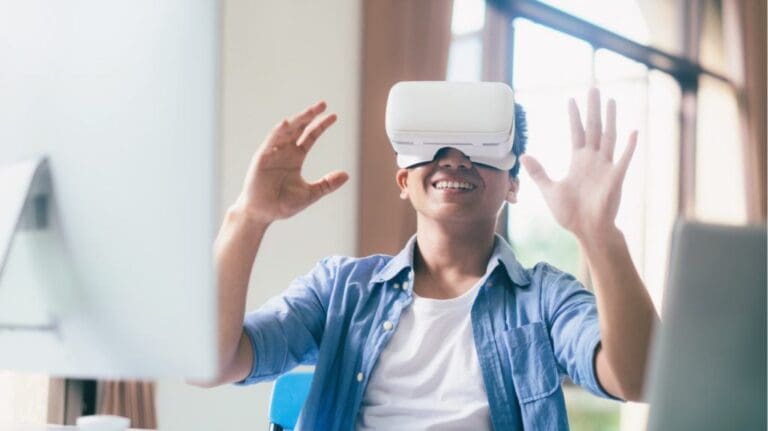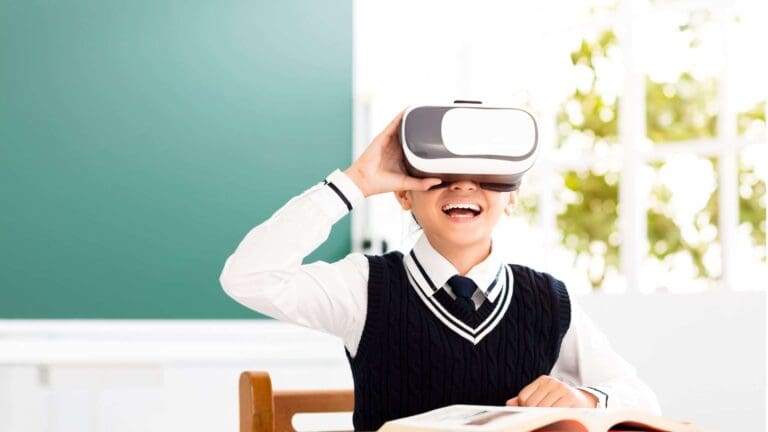Exploring the World of the Internet of Things for Kids
The Internet of Things for kids is a network of objects connected and communicating with each other over the Internet. This technology has revolutionized the way we live and interact with our environment. It has made our homes smarter, cars more efficient, and cities more sustainable. But what is IoT, and how can we introduce this concept to kids? In this article, we will explore the world of IoT and how it can be made accessible to kids.
What is IoT?
IoT is a system of interconnected devices, objects, and machines embedded with sensors and software that allow them to communicate over the Internet. These devices range from smart home appliances like thermostats, door locks, and lights, to wearables like smartwatches and fitness trackers, to industrial machinery and vehicles.
How Does IoT Work?
The basic concept of IoT is simple: objects and devices connected to the internet can collect and exchange data. The data can be analyzed to automate tasks, optimize performance, and provide valuable insights. IoT relies on a combination of hardware, software, and communication protocols to enable connectivity and data exchange.
Examples of IoT in Everyday Life
IoT is all around us and has become an integral part of our daily lives. Here are some examples of how IoT is used in everyday life:
- Smart home devices like thermostats, lights, and security cameras can be controlled through a smartphone app
- Wearables like smartwatches and fitness trackers that monitor our health and fitness
- Smart appliances like refrigerators and ovens can be controlled and monitored remotely
- Smart cars that can communicate with each other and with traffic signals to optimize traffic flow and reduce congestion

Why Teach Kids About IoT?
IoT is a rapidly growing field, and it is estimated that by 2025, there will be over 75 billion connected devices worldwide. By teaching kids about IoT, we can prepare them for the jobs of the future and help them develop the skills they need to succeed in a digital world. Additionally, IoT can inspire kids to pursue careers in science, technology, engineering, and math (STEM) fields, which are in high demand and offer excellent career prospects.
How to Introduce the Internet of Things (IoT) to Kids?
The Internet Of Things for kids can be introduced with a fun and engaging experience. Here are some tips for teaching kids about IoT:
Start with the Basics
Begin by explaining the concept of IoT in simple terms and giving examples of how it is used in everyday life. Use age-appropriate language and avoid technical jargon.
Hands-On Activities
Engage kids in hands-on activities that demonstrate the principles of IoT. For example, you can use a Raspberry Pi or an Arduino board to build a simple IoT device like a smart light or a temperature sensor. This will help kids understand how sensors and actuators work and how they can be used to automate tasks.
Storytelling
Use storytelling to make the concept of IoT more relatable to kids. You can tell stories about how IoT solves real-world problems like reducing traffic congestion, conserving energy, and improving healthcare.
Collaborative Learning
Encourage collaborative learning by organizing group projects and challenges that involve building and programming IoT devices. This will help kids develop teamwork and problem-solving skills while having fun.
IoT devices designed specifically for children
There are many examples of IoT devices designed specifically for children.
Smart toys: These are toys that are connected to the internet and can interact with children in various ways. For example, a smart stuffed animal might respond to voice commands, or a smart building block set might interact with other blocks in the set.
IoT, or the “Internet of Things”, has brought exciting possibilities for kids’ playtime with smart toys.
- Osmo: Osmo is an educational game system that connects to an iPad and uses physical game pieces to teach kids coding, math, and other subjects in a fun and interactive way.
- Sphero: Sphero offers a range of smart toys, including programmable robots and interactive balls, that use IoT technology to enable kids to control and play with the toys via a smartphone or tablet.
- Anki: Anki is a line of robotic race cars that connect to a smartphone app and use AI and IoT technology to offer a unique gaming experience.
- WowWee: WowWee produces a range of smart toys, including interactive robots and animals, that use IoT technology to learn and interact with kids in a lifelike manner.
- LEGO Boost: LEGO Boost is a robotics kit that connects to a tablet or smartphone and allows kids to build and program their own robots and machines.
Wearable technology: Fitness trackers and smartwatches are popular examples of wearable technology for kids. These devices can track a child’s activity levels, heart rate, and other health metrics.
Fitness trackers and smartwatches have become increasingly popular among children, with many options available that use IoT technology to offer advanced features. Here are some examples of fitness trackers and smartwatches for kids:
- Garmin Kids Wearables: The Garmin Vivofit Jr. 3 is a fitness tracker designed for kids that offers activity tracking, sleep monitoring, and other features. It also has a fun, interactive app encouraging kids to stay active.
- Fitbit Ace 3: The Fitbit Ace 3 is a popular fitness tracker for kids that offers activity tracking, sleep monitoring, and reminders to move throughout the day. It also has a durable, swim-proof design and a fun app for kids.
- Verizon GizmoWatch: The Verizon GizmoWatch is a smartwatch designed for kids that offers calling and messaging features, as well as location tracking and other safety features. It also has a fun design and interactive games.
- TickTalk 4: The TickTalk 4 is a smartwatch designed for kids that offers calling and messaging features, as well as location tracking and other safety features. It also has a camera and fun games and activities.
- Vodafone Neo: The Vodafone Neo is a smartwatch designed for kids that offers calling and messaging features, as well as location tracking and other safety features. It also has a fun design and interactive games and activities.
These are just a few examples of the many fitness trackers and smartwatches available for kids that use IoT technology to offer advanced features. To learn more about these products, you can visit the links below:
- Garmin Vivofit Jr. 3: https://www.garmin.com/en-US/shop/wearabletech/kids/vivofit-jr-3
- Fitbit Ace 2: https://www.fitbit.com/global/us/products/trackers/ace2
- Verizon GizmoWatch 2: https://www.verizon.com/products/verizon-gizmowatch-2/
- TickTalk 4: https://www.myticktalk.com/ticktalk-4
Educational tools: IoT devices can also be used to enhance learning. For example, interactive maps can be connected to the internet, allowing children to explore geography and history in a new way.
There are several IoT devices that can be used as educational tools for children. Here are some examples with links:
- Ozobot: Ozobot is a small robot that can be programmed using colors and codes. It teaches children the basics of programming and helps them develop problem-solving and critical-thinking skills. (https://ozobot.com/)
- Sphero: Sphero is a robotic ball that can be controlled using a smartphone or tablet. It can be used to teach children about programming, robotics, and physics. (https://sphero.com/)
- Cubetto: Cubetto is a wooden robot that teaches children the basics of coding and programming without using screens. Children use a physical coding board to program Cubetto’s movements. (https://www.primotoys.com/)
- Raspberry Pi: Raspberry Pi is a mini-computer that can be used for various educational projects, including programming, robotics, and electronics. It’s a great tool for teaching children about technology and computer science. (https://www.raspberrypi.org/)
Smart home devices: IoT devices designed for the home can also benefit children. For example, a smart thermostat can help regulate the temperature in a child’s room, while a smart lock can provide added security.
- Smart locks: Smart locks can provide extra security for families with children. Parents can use a smartphone app to lock and unlock doors, monitor access, and receive alerts when someone enters or exits the house. Some smart locks also have features that allow children to unlock the door with their fingerprints or a code.
- Smart thermostats: Smart thermostats can help families save money on energy bills while keeping their homes comfortable. They can be programmed to adjust the temperature based on the family’s schedule and preferences, and some models also have sensors that can detect when someone is home or away.
- Smart lights: Smart lights can be used to create a more relaxing and soothing environment for children. Parents can use a smartphone app to adjust the brightness and color of the lights, set bedtime and wake-up time schedules, and even sync the lights with music or other media.
- Smart speakers: Smart speakers can be used to play music, audiobooks, and podcasts for children. They can also be used to set reminders, answer questions, and control other smart devices in the home. Some models also have parental controls that allow parents to restrict access to certain content.
- Smart cameras: Smart cameras can be used to monitor children and pets while parents are away from home. They can provide live streaming, motion detection, and two-way audio, allowing parents to check in on their children and communicate with them from their smartphones.
Health monitoring: IoT devices can also be used to monitor children’s health. For example, there are smart inhalers that can track a child’s use of asthma medication or smart glucose monitors that can help manage diabetes.
- Owlet Dream Sock: This device tracks a baby’s heart rate and oxygen levels while they sleep, alerting parents if there are any abnormalities.
- Withings Thermo: This smart thermometer can take a child’s temperature by scanning their forehead and automatically syncs with an app to track their health history.
- Kinsa Smart Ear Thermometer: This smart thermometer can take a child’s temperature with a quick and easy ear scan and provides guidance on the next steps if a fever is detected.
- Angelcare monitoring products: This baby monitors provides audio and video monitoring and tracks a baby’s movement and breathing, alerting parents if there is any pause in breathing.
These are just a few examples of the many ways that IoT devices can benefit children. It’s important for parents to carefully consider the benefits and risks of these devices before incorporating them into their children’s lives.
The Future of the Internet of Things (IoT) for Kids
The future of IoT is exciting and is expected to significantly impact our lives. IoT can transform industries like healthcare, transportation, and manufacturing and create new opportunities for innovation and growth. Teaching kids about IoT can prepare them for the future and help them become innovators and problems.







